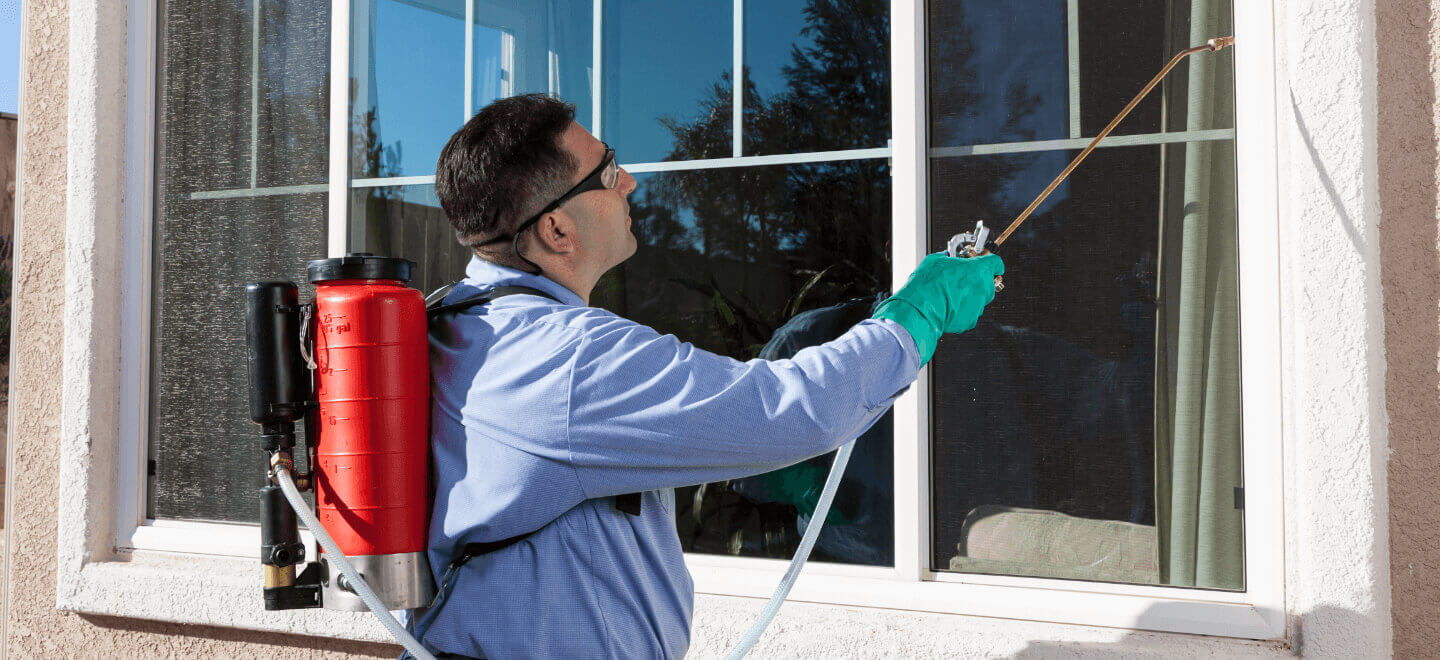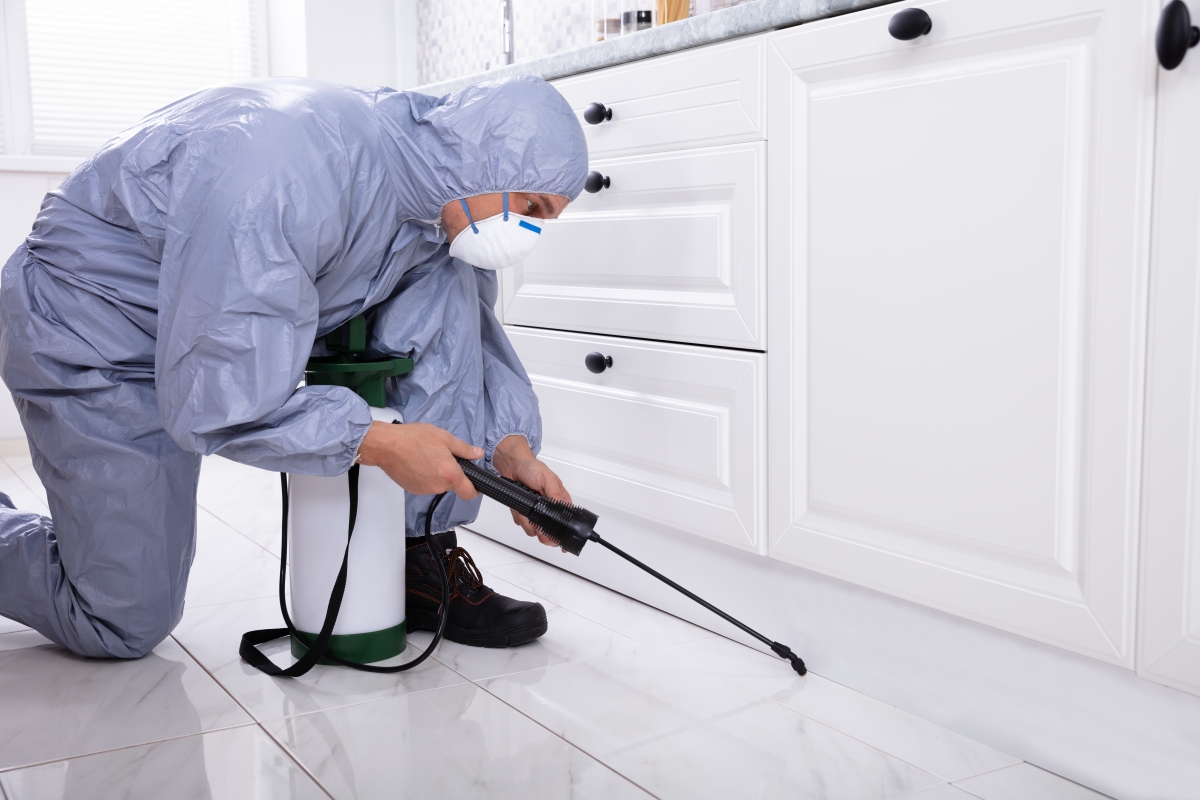Trusted Exterminator Coquitlam Services for Effective Pest Management
Trusted Exterminator Coquitlam Services for Effective Pest Management
Blog Article
Safe and Dependable Bug Control for Lasting Protection
Reliable pest monitoring requires a multifaceted technique that balances ecological honesty with the need for effective bug reductions. The nuances of these methods may not be immediately clear, triggering a better evaluation of the practices that can lead to lasting parasite control end results.
Recognizing Pest Control Methods
Bug control encompasses a range of approaches aimed at handling and eliminating undesirable bugs and rats that can threaten both wellness and building. Recognizing these methods is critical for effective parasite management.
The primary classifications of insect control approaches include mechanical, biological, and chemical approaches. Mechanical techniques entail physical obstacles and catches to stop pest access and capture unwanted varieties. Utilizing displays on home windows or employing sticky catches can significantly minimize bug populaces without presenting damaging compounds - exterminator coquitlam.

Chemical insect control is often the most recognized approach, making use of pesticides to remove insects. These chemicals can be reliable yet must be utilized with care to avoid damaging results on non-target types and the atmosphere.
Benefits of Eco-Friendly Solutions
Just how can environmentally friendly solutions transform bug control practices? The fostering of environment-friendly insect control methods provides many advantages, dramatically enhancing the effectiveness and security of insect management.

One more benefit is the positive effect on regional biodiversity. Environment-friendly options are created to target particular pests while preserving helpful insects and wildlife, advertising a balanced environment. This technique aligns with the expanding customer demand for lasting methods, improving the reputation of bug control carriers.
Integrated Pest Monitoring Methods
The application of environment-friendly services normally leads to the fostering of Integrated Pest Monitoring (IPM) strategies, which even more boost pest control efficacy. IPM is an alternative technique that incorporates numerous methods to take care of bug populations while lessening ecological influence. This technique highlights the usage of organic, social, mechanical, and chemical controls, guaranteeing a lasting and balanced approach of bug monitoring.
One basic aspect of IPM is the complete assessment of pest task and environmental problems. By keeping an eye on bug populations and determining their life cycles, experts can execute targeted treatments that interfere with the bug's environment or lifecycle, lowering reliance on chemical pesticides. In addition, cultural methods such as plant rotation and environment adjustment can considerably diminish parasite establishment and recreation.
Another crucial part is using organic control representatives, such as helpful pests or microbes, which can normally reduce parasite populaces. When chemical applications are necessary, IPM prioritizes making use of low-risk pesticides and uses them precisely, lessening exposure to non-target microorganisms and human beings.
Including IPM approaches not only boosts pest control efficiency but likewise advertises a more secure ecological community, aligning with the expanding demand for lasting techniques in insect administration.
Safe Practices for Homeowners
Recognizing the significance of secure techniques in parasite control can encourage property owners to properly handle bug concerns while protecting their health and wellness and the setting. Executing non-toxic techniques and safety nets is critical in decreasing direct exposure to hazardous chemicals.
House owners ought to initially evaluate their environment for conditions that draw in insects, such as standing food, water, and clutter waste. On a regular basis cleaning and securing entrance points can discourage parasites her latest blog from attacking the home. Making use of natural deterrents, such as necessary oils or diatomaceous earth, can provide reliable options to chemical pesticides.
When chemical treatments are necessary, property owners should choose for products that are specifically identified as risk-free for property usage. It is important to comply with application standards thoroughly to prevent overexposure. Making use of targeted treatments in locations where bugs are recognized, instead than covering splashing, can substantially lower chemical usage.
Lastly, preserving open interaction with insect control professionals is important. Property owners need to ask about the security of items used and request eco-friendly alternatives whenever feasible. By adopting these secure practices, house owners can create a healthier living setting while successfully handling pest concerns.

Tips for Long-Term Defense
Establishing an insect monitoring strategy that emphasizes long-term protection can considerably boost the effectiveness of the risk-free techniques previously talked about. To accomplish this, house owners ought to apply normal inspections of their home, focusing on concealed areas such as attics, basements, and crawl spaces. Early discovery of bug task is important in avoiding infestations from taking hold.
These methods decrease attractants that attract insects right into the home. Securing access points, such as cracks around windows and doors, can efficiently obstruct possible pest gain access to.
Landscaping needs to likewise be considered; keeping plants trimmed and keeping a range in between greenery and the home minimizes concealing areas for parasites. Using all-natural deterrents, such as important oils or diatomaceous link earth, can further inhibit infestations without turning to rough chemicals.
Last but not least, working together with an expert pest control solution for periodic assessments can provide an additional layer of safety. These professionals can use customized suggestions and advanced treatments, making sure that your home stays safeguarded versus parasites in the lengthy term.
Final Thought
To conclude, trustworthy and safe pest control requires a diverse approach that emphasizes green techniques and incorporated bug monitoring. By applying natural deterrents, performing routine inspections, and keeping correct sanitation, homeowner can substantially reduce pest populations while shielding useful pests and the atmosphere. Collaboration with expert pest control solutions improves the effectiveness of these methods, making sure customized solutions that supply enduring defense and satisfaction versus future problems.
Efficient bug monitoring requires a diverse method that balances eco-friendly stability with the need for efficient insect reductions. The fostering of eco-friendly pest control approaches provides many advantages, considerably improving the efficiency and security of insect monitoring.The application of environment-friendly options normally leads to the fostering of Integrated Insect Monitoring (IPM) strategies, which further enhance insect control efficiency. exterminator coquitlam. By keeping track of insect populations and determining their life cycles, experts can Visit Your URL carry out targeted treatments that interrupt the insect's habitat or lifecycle, lowering reliance on chemical pesticides.In conclusion, secure and reputable pest control requires a complex method that stresses green approaches and integrated parasite monitoring
Report this page